Get ready to dive into the whimsical world of Australian children’s book writer and illustrator Simon Howe! Known for his charming storytelling and illustrations, Simon brings stories to life that captivate both young readers and the young at heart. In this engaging interview, Simon shares his creative journey, the inspirations behind his beloved characters, and a peek into his artistic process. Discover how he weaves magic onto each page, inspiring imaginations and fostering a love for reading in children everywhere.
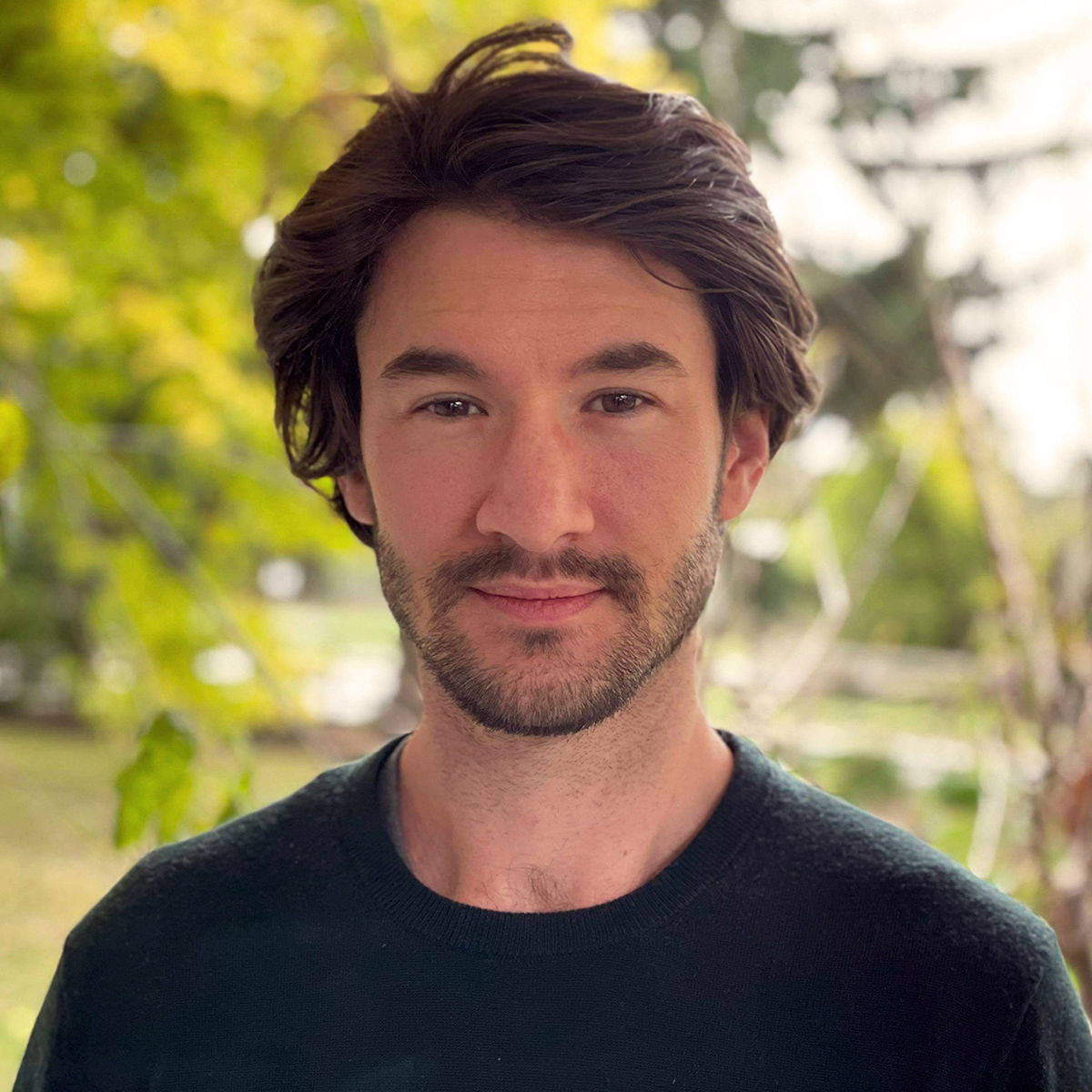 Simon Howe is an Australian illustrator and author of children’s books. He has worked with a number of major publishers including Harper Collins, Penguin Random House, Scholastic, and Walker Books. His illustration work for other authors is broad in style and tone, and his personal work is whimsical, muted, gentle, and painterly.
Simon Howe is an Australian illustrator and author of children’s books. He has worked with a number of major publishers including Harper Collins, Penguin Random House, Scholastic, and Walker Books. His illustration work for other authors is broad in style and tone, and his personal work is whimsical, muted, gentle, and painterly.
How did you break into the industry of children's book illustration?
Becoming a children’s book illustrator was not a goal of mine until I fell into it by chance. I was working in a shared creative studio as a generalist freelancer, mainly in motion graphics, design, and animation. But while screen media was my work, drawing was my pleasure. I always drew in my spare time, and after a while, my illustration began to get better than my animation. It was also quicker to make!
Around this time, a writer came to work in the studio. She saw my illustration work and invited me to collaborate on a self-published picture book project. I accepted, and we made a book. It was the biggest illustration assignment I had ever done, and it taught me a ton! My promotion of the book on social media caught the attention of a publisher at Scholastic. She offered me a picture book, and that was the beginning of my trade publishing journey.
After about twenty-three books for other authors, I’m now authoring my own work. In a lot of ways, I feel like I’m just getting started.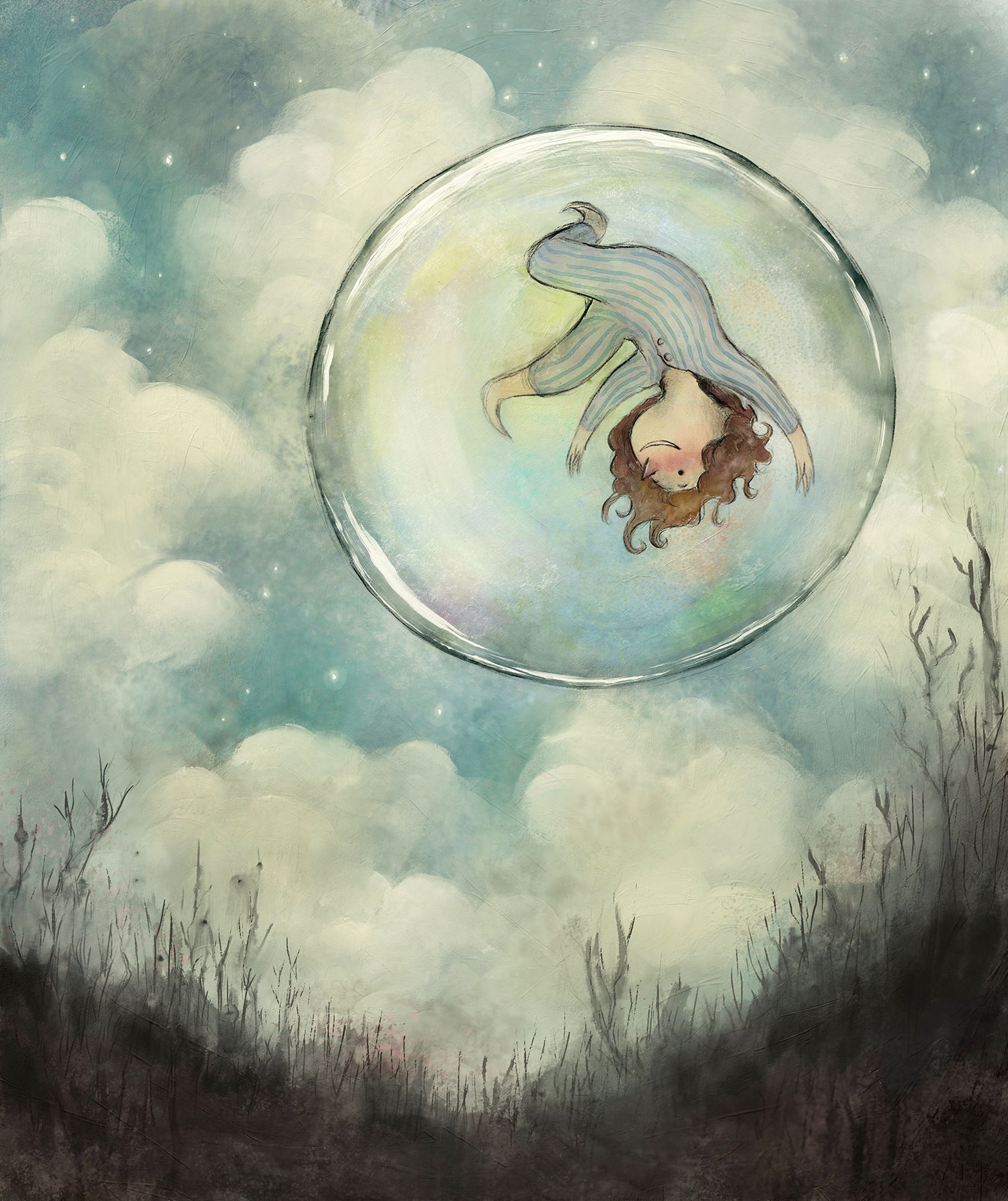
"There’s a fact about illustrating and writing children's literature that’s easy to forget. Your work could very well be the first book a new person experiences. The first artistic depictions of people and the world. The first story."
Who are some of your favorite children's book illustrators or authors, and how have they influenced your work?
There are so many, and of course they change over time. A short list of my evergreen influences includes Beatrice Alemagna, Shaun Tan, Júlia Sardà, and Freya Blackwood.
Beatrice Alemagna for her playfulness and textures. Shaun Tan for the quality of his craft and the scope of his imagination. Júlia Sardà for her style and sense of design. And Freya Blackwood for her gentle characters, exploratory linework, and subtle moments.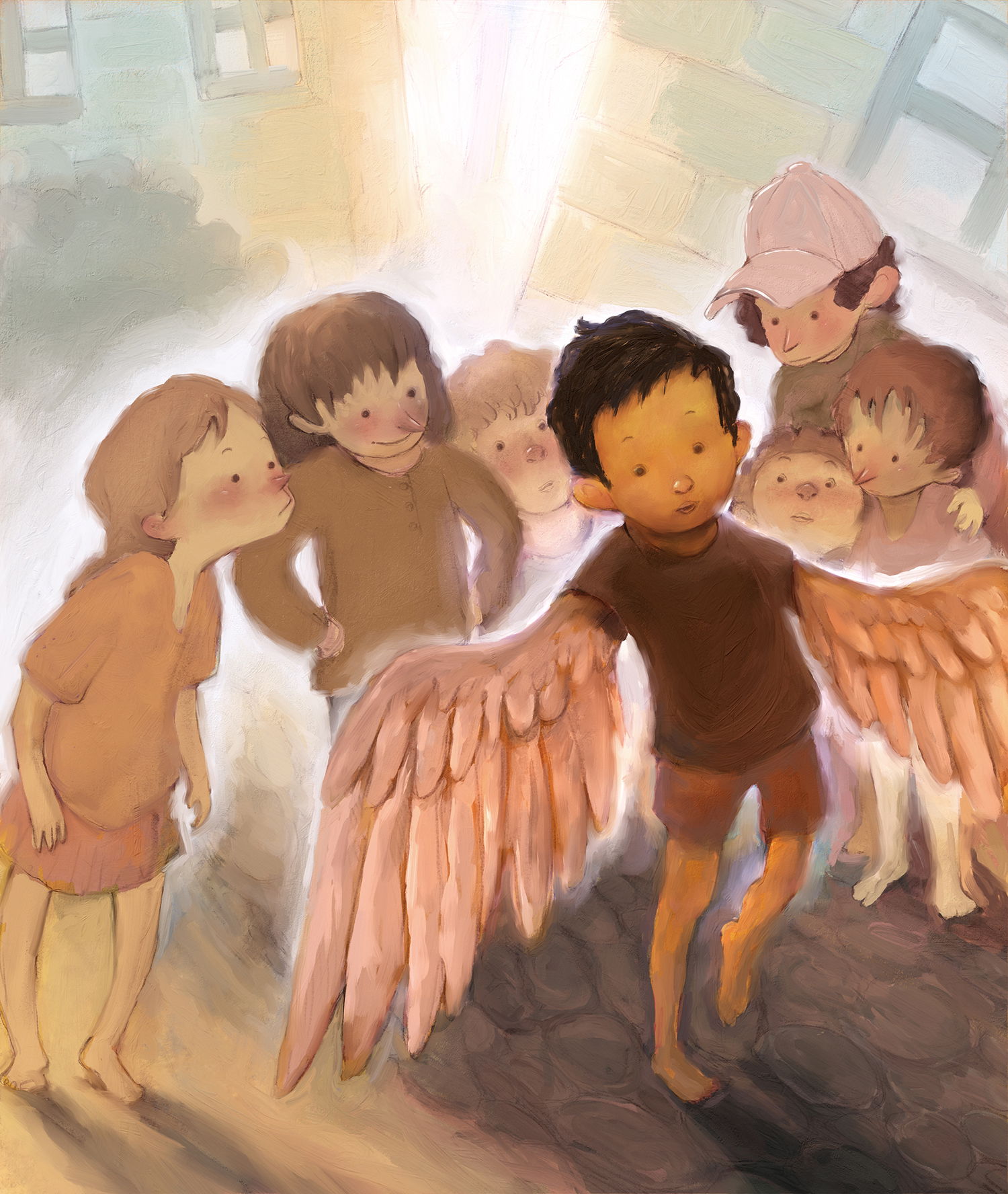
What is your process for creating illustrations for a children's book? Do you start with sketches, storyboards, or something else?
There’s some variation from project to project, but generally speaking, I’ll start with character sketches, and then a rough storyboard of each spread. This storyboard is about establishing the basic compositions and narrative flow. Once the editor is happy, I’ll refine the storyboard into a complete rough draft. This is sometimes in colour but not always. After this, the editor should have a clear idea of what the finished spreads will look like. Then it’s time for the final art. This is usually the longest part of the process, though developing the draft can be equally as extensive. It’s the draft where you’re making decisions and solving problems. If it’s well done, the rest should fall nicely into place.
When creating work for my own books, the process is slightly different and a bit more playful. I’ll usually go ahead and make a few finished artworks before it’s even written, and then go backward to write and draft the roughs.
I almost always work digitally for finished art. I jump between a few applications but rely heavily on Rebelle for its textures, watercolour simulation, and oil brushes.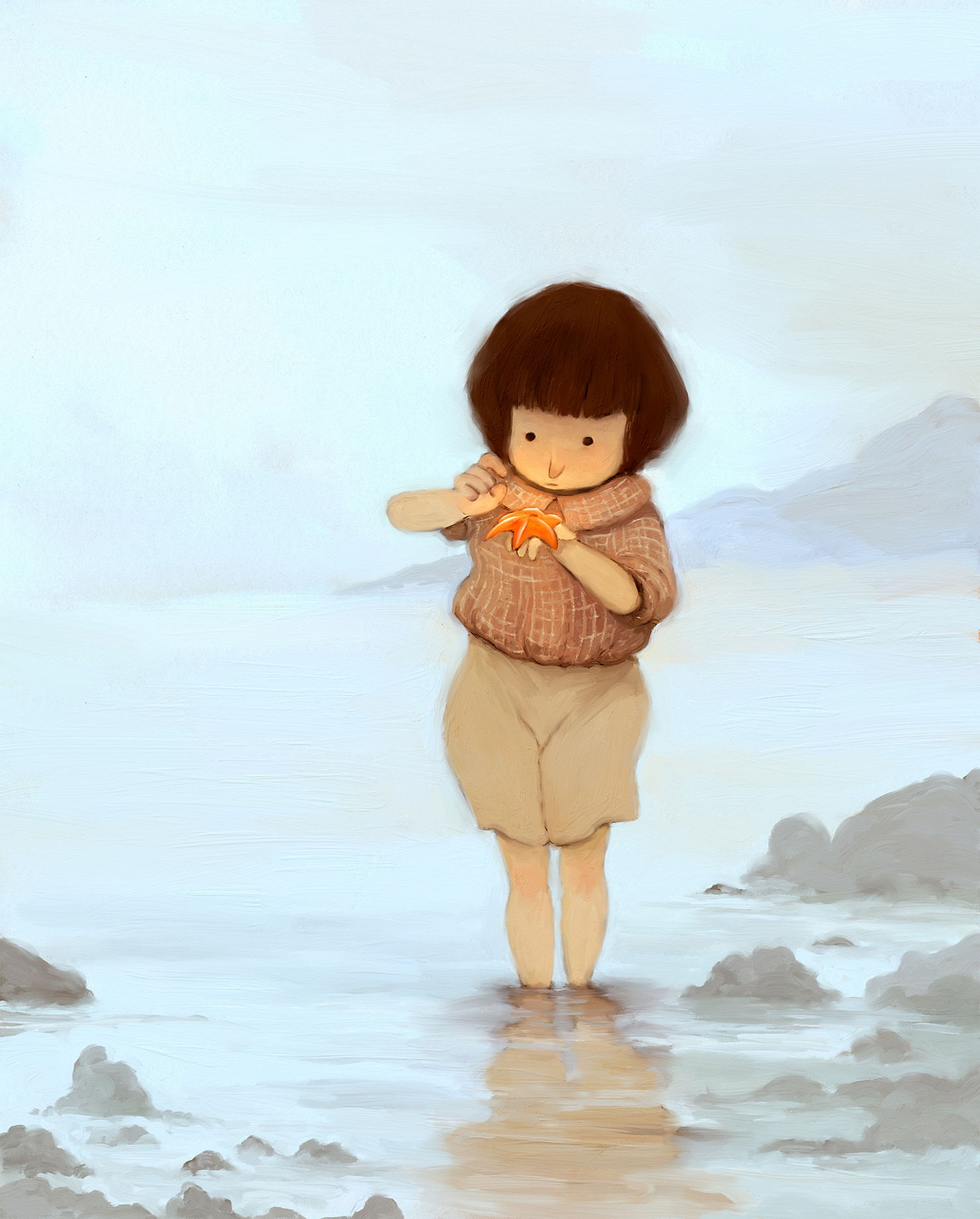
Can you describe the collaboration with writers?
Sometimes a creative relationship with the author is encouraged; most of the time I have no contact with the author at all. While authors are generally seen to have more ownership over a book, in picture books the line between author and illustrator is negligible. Illustrators can bring tremendous vision, mood, and meaning to a text. While the author needs to be happy with the creative direction, editors may discourage direct collaboration with the illustrator so the illustrator is free to explore and design independently of the author’s existing ideas and suggestions.
How do you approach creating characters that children can connect with? What are the key elements to focus on?
There are aspects of being a human being that are relevant to us all but particularly resonate with children. Visual and textual depictions of powerlessness, failure, bravery, imperfection, loss of control, mischief, mistakes, deliberate good and deliberate cruelty, forgiveness, and growth - all of these are arresting themes to a child’s mind and need to place themselves in a comprehensible, manageable world.
I’ve found that when children connect with a character, they’re mostly connecting with how that character treats and is treated by the characters around them. When my young daughter approaches picture books, for example, she’s on the lookout for moments of character interaction; facial expressions and gestures that indicate conflict, love, nervousness, guilt, safety, or fear. Are these two friends? What has this person done to that person? How will this person act? How will this person react? Regardless of what is going on in the text, an illustrator should load pictures with these questions.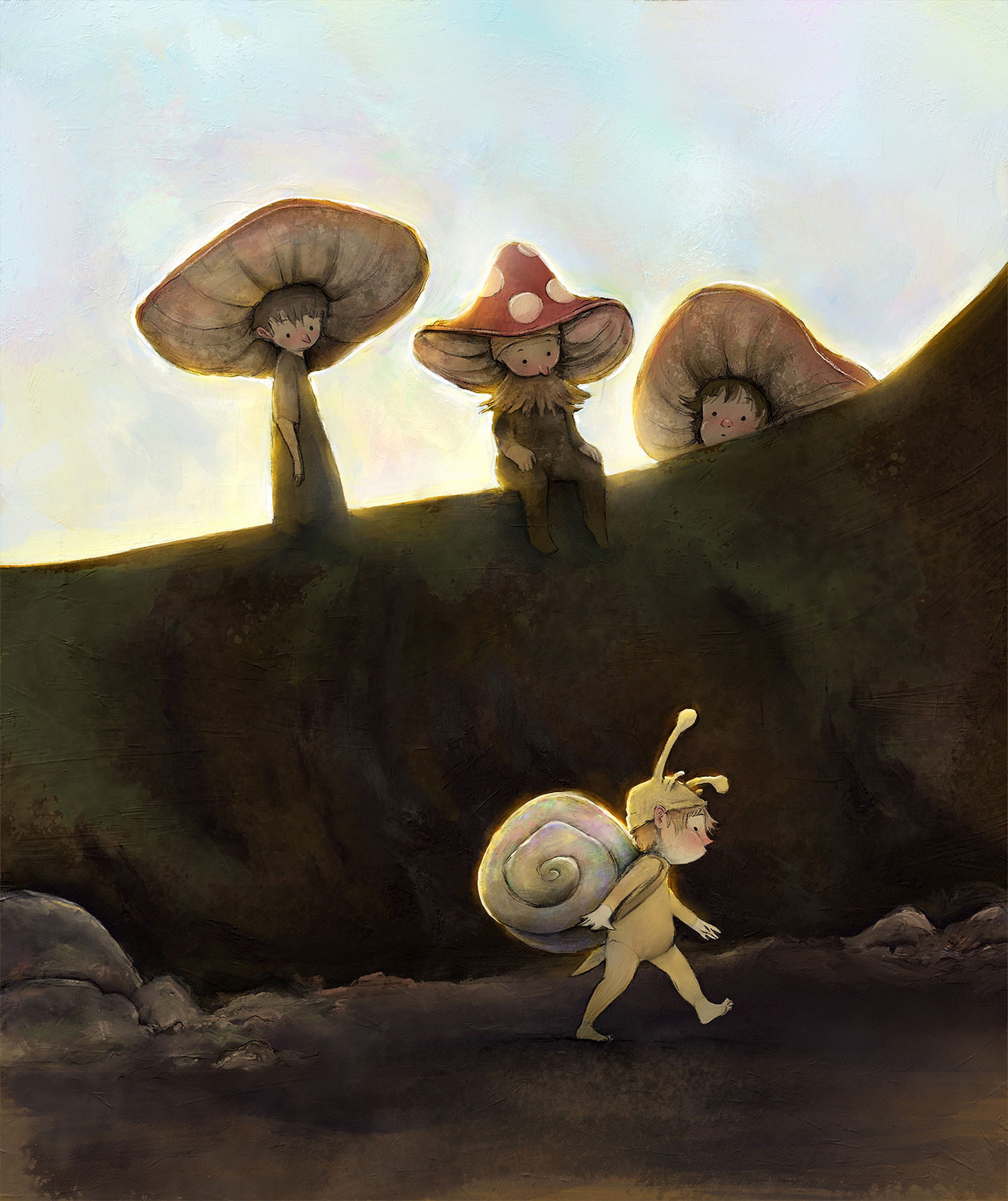
Do you balance visual complexity with simplicity to keep children engaged without overwhelming them?
I have a preference for muted colours and understated moments. But I think visual complexity can be successful, as long as the picture is well designed, and guides the reader on where to look. I try to avoid unnecessary detail. I try to be careful and deliberate with colours, line and space. I try to give the eye somewhere to begin and somewhere to roam.
In books, the tension between complexity and simplicity is also considered across the whole book. The experience of a picture book, like animation, involves different images over time. Depending on what’s happening in the story, I may want to overwhelm the reader for a moment, only to relieve them with a quieter moment on the following page. Picturebooks can be quite cinematic.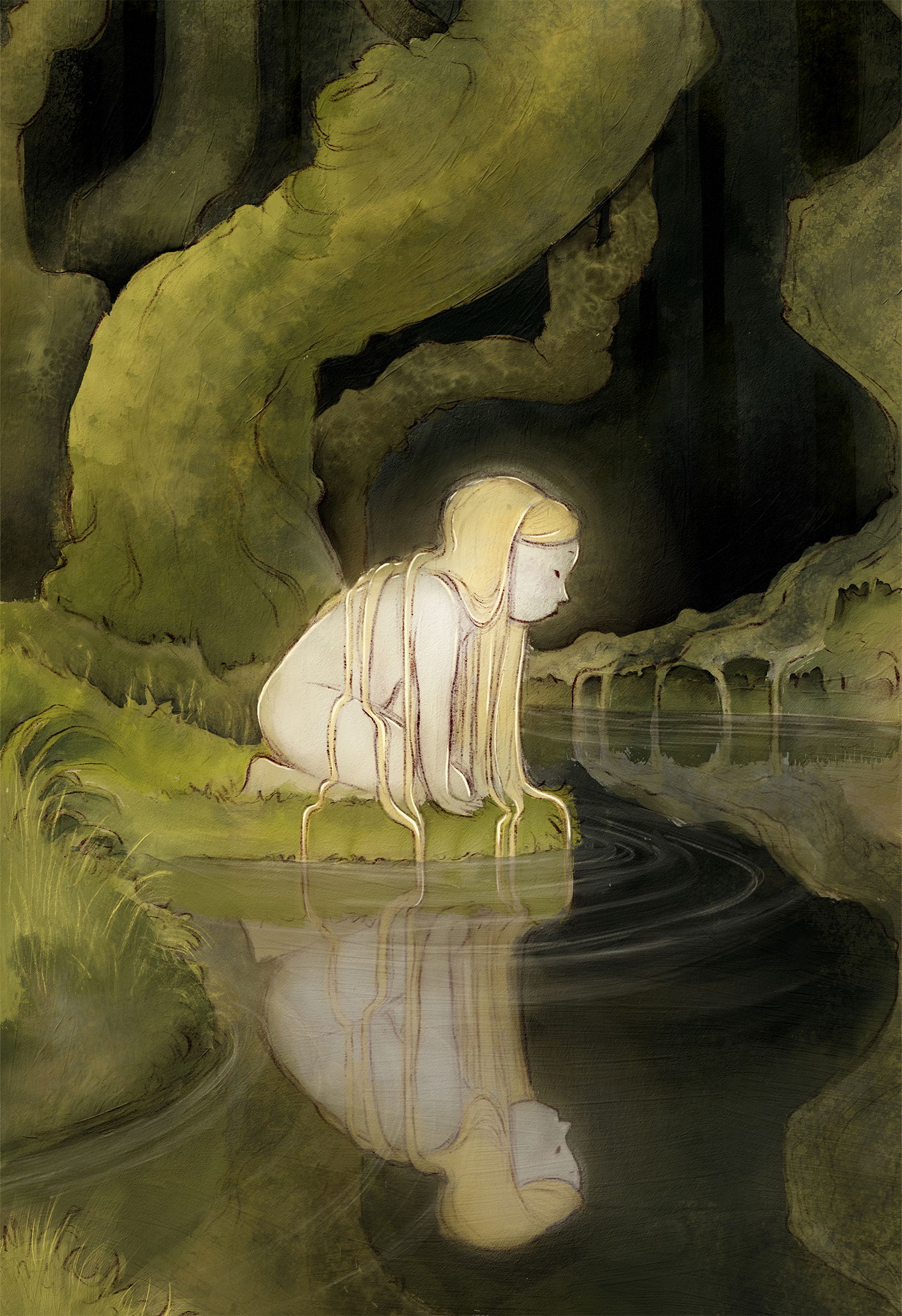
Your first authored book Shoosh! was distributed to every child born in Queensland in 2022. What role do you hope these stories and illustrations will play in a child’s development and imagination?
There’s a fact about illustrating and writing children's literature that’s easy to forget. Your work could very well be the first book a new person experiences. The first artistic depictions of people and the world. The first story. And of the book itself - one of the first objects ever touched. There’s a responsibility in this. It’s a responsibility to create a meaningful and attractive invitation to the world and a celebration of the child’s place within it. That’s what I want in my stories - invitation and encouragement. The world is amazing and difficult sometimes. But you’re wanted and welcome. Come and see. Come and play.
That is well said. What is the most rewarding aspect of illustrating children's books for you?
For the most part, my answer to the previous question summed up the reward very well. It’s such an honour to be a part of a child’s invitation to the world. But there are selfish aspects too. I get to spend my time drawing and dreaming up troubles and triumphs. I get to work with passionate people dedicating their careers to literacy, art, and imagination. I get to participate in a 500-year-old trade. And perhaps most wonderfully, I get to talk to children. I get to hear what captivates and enlivens them. And in turn, I am captivated and enlivened.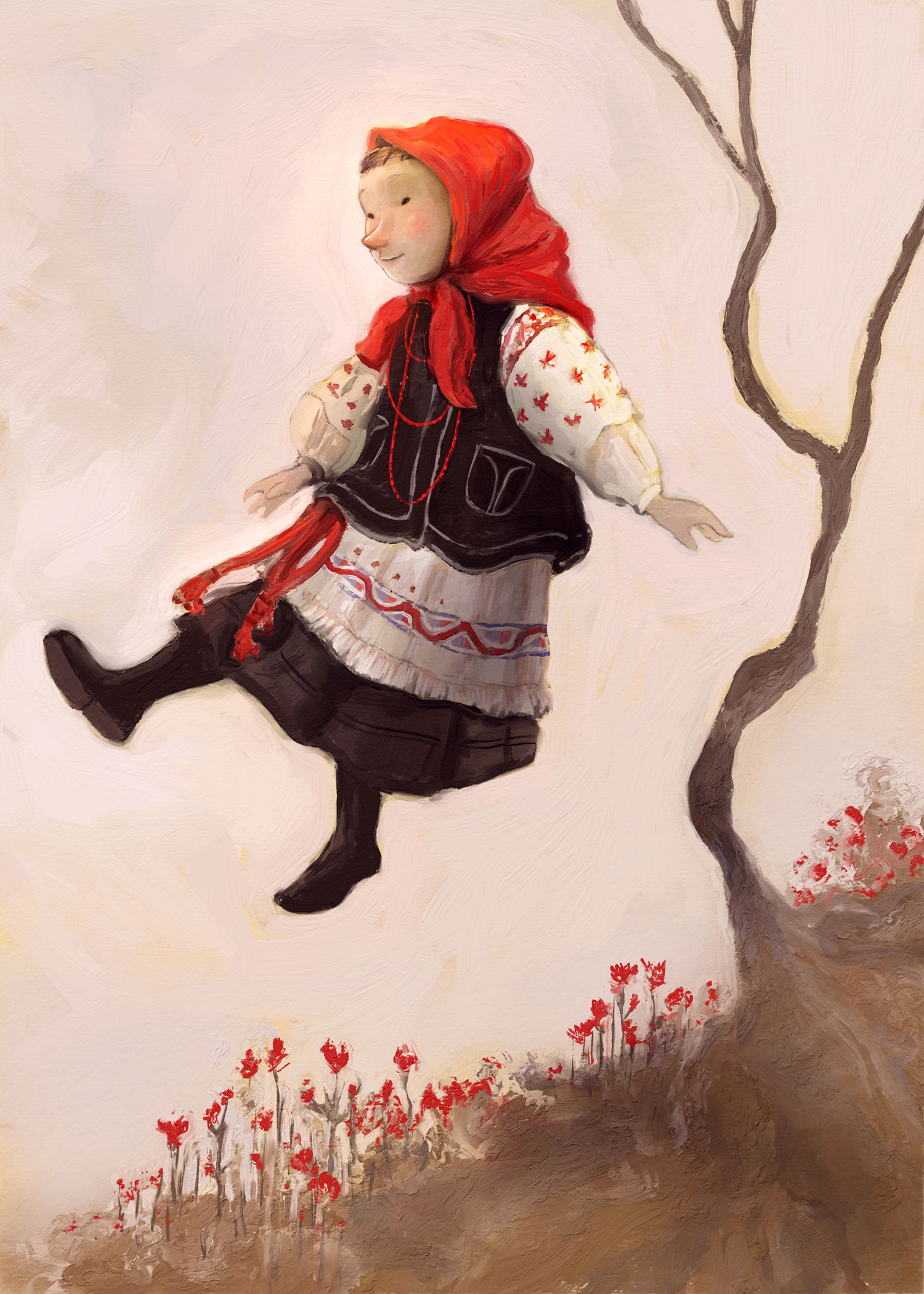
Thank you, Simon! It was great to learn about the children's book illustration process and how it differs from project to project. It was great to hear insights from not only an artist but also a writer. We wish many more successful stories will be told through your stylus and children's lives to be amazed.
Escape Motions Team
-----
Learn more about Simon Howe: simonhowe.com
Visit his Instagram: instagram.com/simonhoweart



